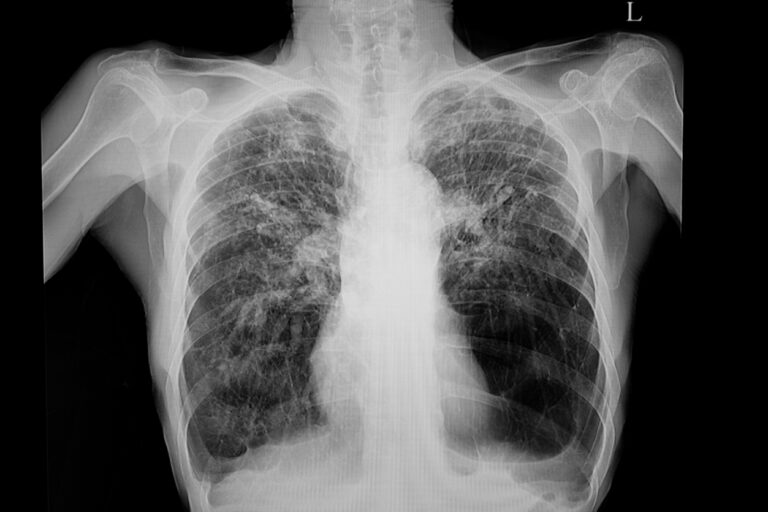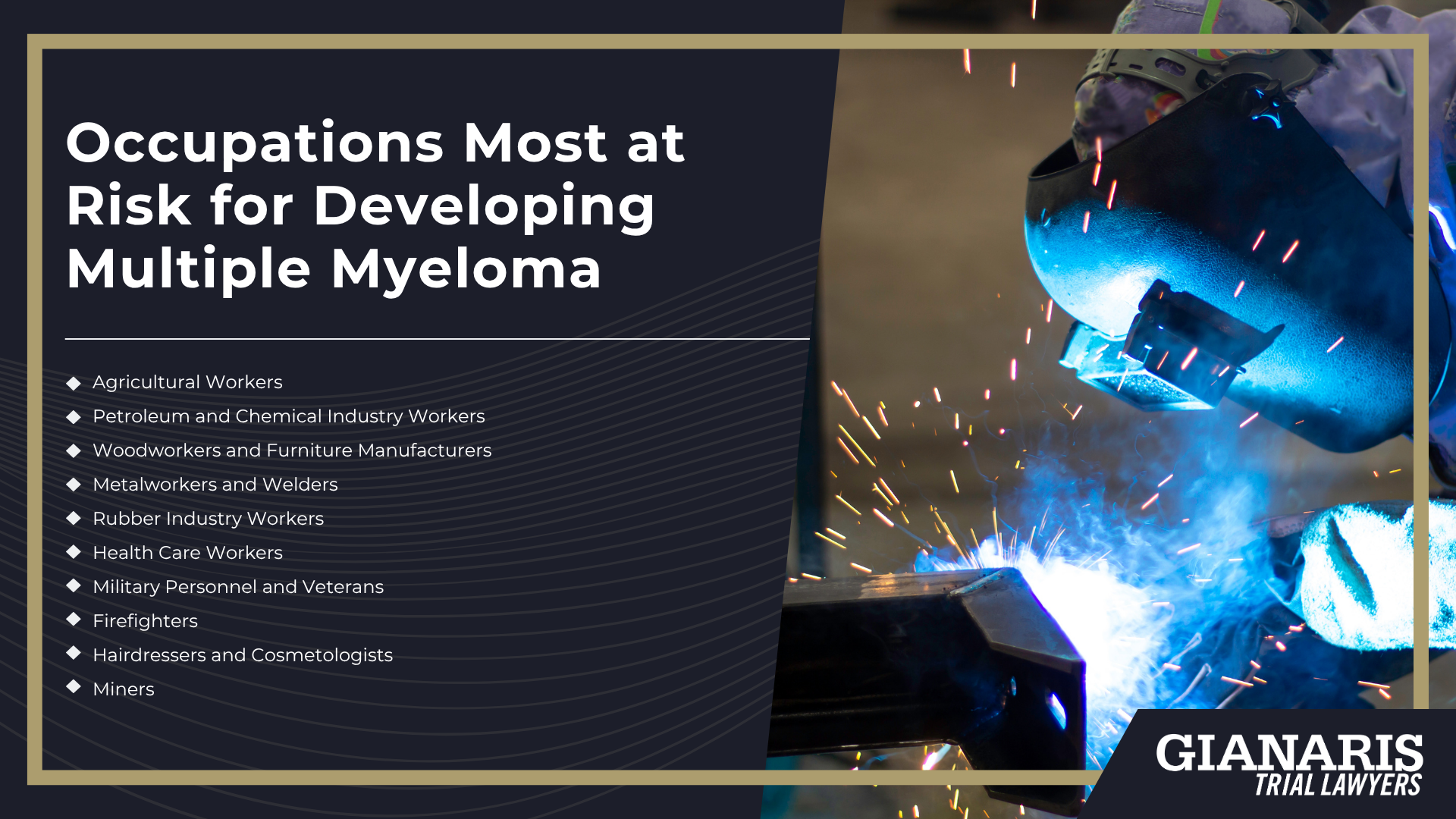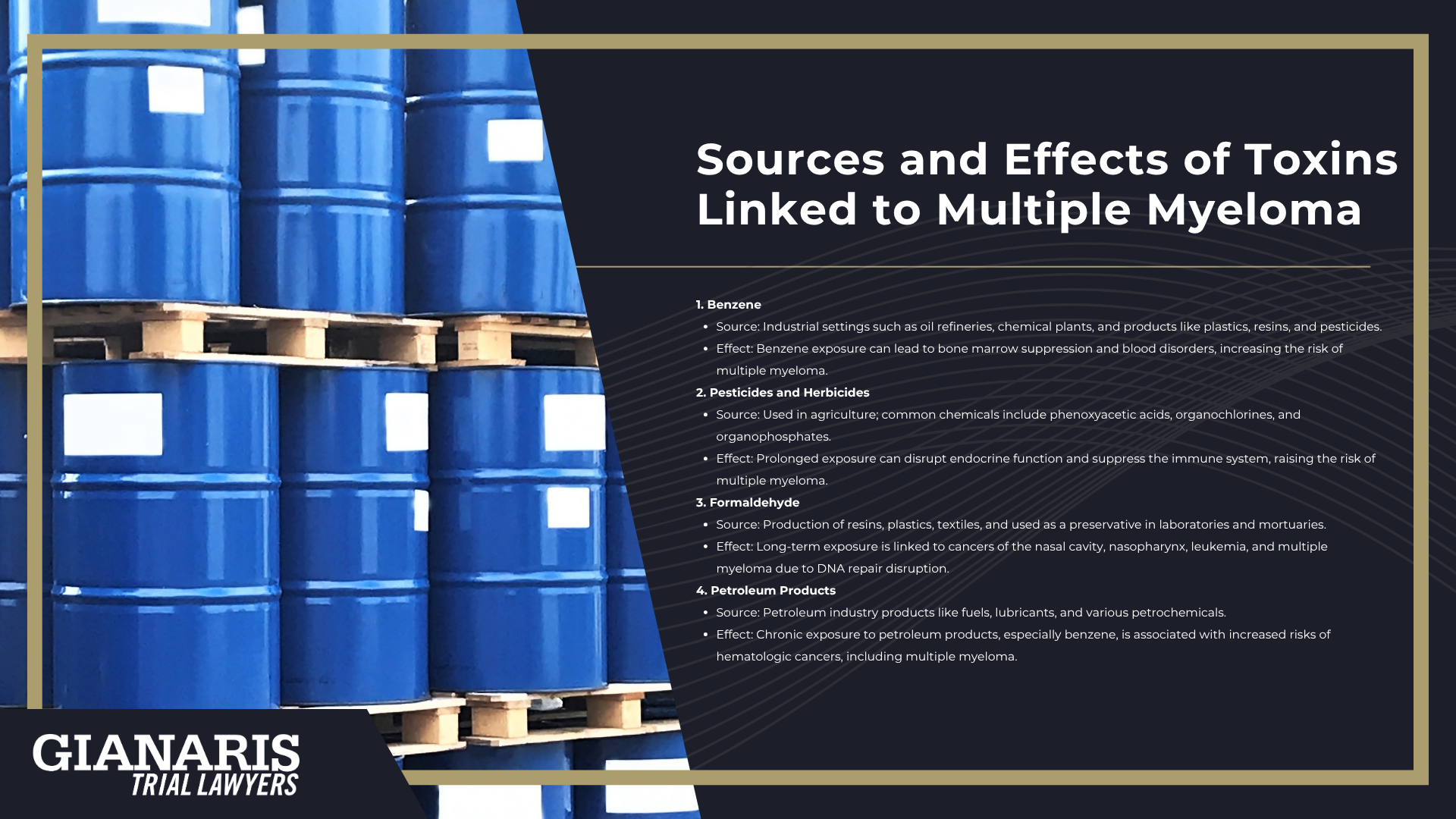
- Light Chain Myeloma
- Non-secretory Myeloma
- Solitary Plasmacytoma
- Extramedullary Plasmacytoma
- Smoldering Multiple Myeloma
- IgA, IgG, IgD, IgE, and IgM Myeloma
Risk Factors of Myeloma
Age: The risk of developing multiple myeloma goes up as people get older, with less than 1% of cases diagnosed in people younger than 35. Most people diagnosed with MM are at least 65 years old.
Sex: Men are slightly more likely to develop multiple myeloma than women.
Race: Multiple myeloma is more than twice as common in African Americans than in White Americans. The reason for this is not known.
Family history: Someone who has a sibling or parent with myeloma is more likely to get it than someone who does not have this family history.
Excess body weight: Some research has suggested that having excess body weight increases a person’s risk of developing myeloma.
Exposure to Certain Chemicals: Some chemicals, such as some pesticides and herbicides and benzene, can slightly raise your risk for multiple myeloma.







